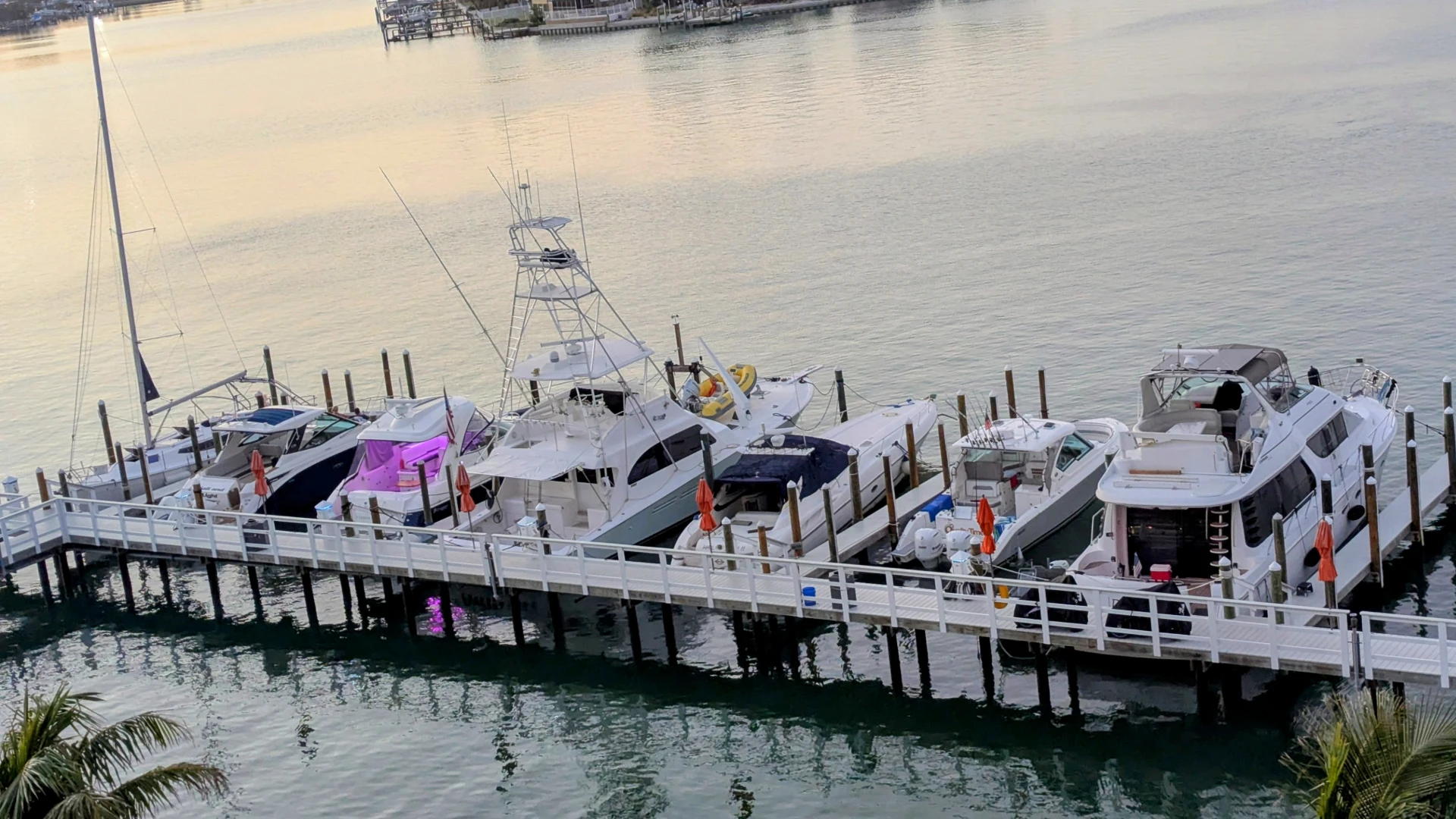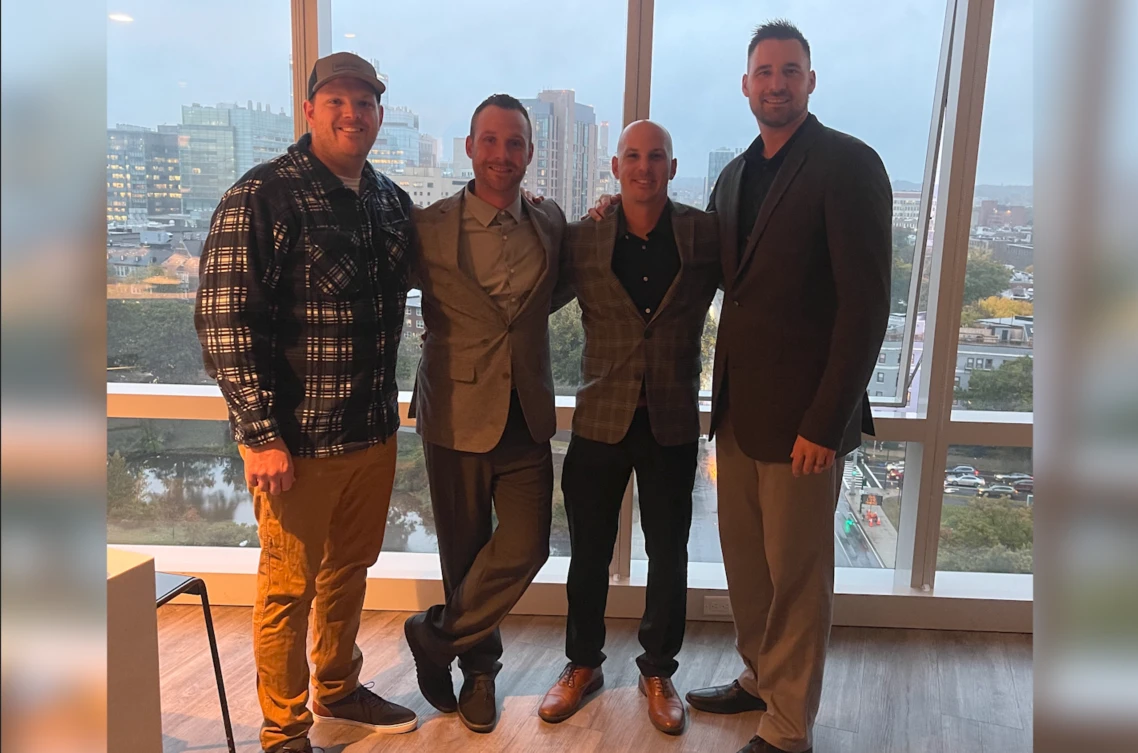On any given day, the pest management industry services hundreds of thousands of food-handling establishments (FHE) on a global scale. Food-handling establishments are categorized into two broad groups: 1) food-manufacturing/food-processing facilities and 2) food-serving establishments (FSE).
Food-manufacturing and food-processing facilities range in size from small local shops to "mega-plants" encompassing up to several million square feet. In the majority of cases, common brand-name food products such as breakfast cereals, breads, canned foods, candy bars, etc., are made in one of these mega-food plants. Food-serving establishments, on the other hand, encompass a much broader group of commercial buildings and operations ranging from tiny to huge. Some readily identifiable examples include restaurants, grocery stores, convenience stores, most hotels, schools, hospitals, nursing homes, many day care centers, gas stations, street food vendors, school concession stands, and even the candy or soda pop vending machine in any building or area.
But whether a facility is a food plant or vending machine, each of these shares the same common thread. In some form or fashion they all "handle" food — this means receiving, processing, serving or storing food.
A PRIME LOCATION. Obviously, food is an essential element of life along with water and harborage for all mammals, insects and birds. And, of course, food is usually much more readily available and abundant inside or around food-handling establishments as compared to what it is for animals in their natural situations. Pests also gravitate towards food-handling establishments as a result of all the odors, moisture and heat that escape from these establishments from vents, door jambs, windows roof stacks and other such elements.
Moreover, food that is "handled" at the commercial level results in more food spillage. This, in turn, results in the fragmentation of food into many pieces, ranging from micro-pieces to large piles. Often these food fragments via one path or another become transported into structural areas that are difficult for humans to reach with brooms and mops. Finally, many of our foods that we store in various packages are not pest resistant. How difficult, for example, is it for a rodent to gnaw into a box of cereal, a bag of pasta, pet food, or bread, or a trash bag of the restaurant’s food trash in the alleyway? It’s a piece of cake!
And, for some FSEs, such as grocery stores and "super-marts," the pest incidence levels are complicated further because these establishments receive hundreds — sometimes thousands — of deliveries in the course of only one or two weeks. They may also receive the same number of customers coming and going into their stores. With each delivery, there are more boxes and more "stuff." With each customer, a door opens and closes.
It’s no wonder then that managing pests in and around food-handling facilities is a non-stop, year-round battle. (They invade and thrive. We kill. They invade and thrive. We kill.)
The major point here is that "pest potential" for most food-serving establishments is high. If you are a practicing pest management professional out there on the front line every day, perhaps you’re saying, "Well, no kidding, now tell me something I don’t know."
But as the saying goes, "nothing is obvious to the layperson." Most people who work in your local FHEs are not trained in pest population growth and rebounds. They don’t understand all of this, and what’s more, they are not particularly interested in knowing. Like you, they are focused on the primary components of their job. Pest issues are not on their radar screen.
Most laypersons in commercial operations mistakenly think pest populations can always be sprayed, baited or trapped away. Many think the pest professional has "the strong stuff" and that is what they are paying for. Also, most do not understand that a good part of managing pest populations inside FHEs is not about which spray, trap or bait; it is about being at the site often enough to professionally monitor chronic pest populations and correct the pest problem via eliminating conducive conditions and the use of pesticides when needed. But all of this is dependant on what a timely inspection (i.e., visit) tells us.
I underscored the words "timely inspection" because in food-serving facilities once-a-month service is rarely sufficient to keep pest populations where the client wants them — namely: zero (or as close to zero as possible).
Consider the everyday house mouse. The mouse’s success in reproductive potential comes from it having access to undisturbed warm spaces, plenty of food and water, and low competition from other mice.
Under good conditions of (e.g., a grocery store’s suspended ceiling or enclosed gondola), five pups born on May 1 can be out and running about by May 22. These pups might be having their own litters of five to seven pups by early July. With the mouse in these environments, there is little room for error due to insufficient service visits.
THE BAD SALES CYCLE. If you’ve ever serviced FSEs you know they are known for often "bidding down" not only the frequency of their pest service (one time per month), but the time spent in the account to once a month. Essentially, the consequence of this is a game plan for preventing a dedicated pest professional from succeeding.
But it’s not just them. Some pest control companies themselves may not fully comprehend how ideal a FSE is for attracting and growing pest populations. Inadvertently, they may actually facilitate FSEs purchasing once a month services, by suggesting an "attractive price" for using their company. Admittedly, every case is different. Some food-serving establishments that are well managed, kept clean and orderly, and have buildings in good repair may predictably contain low pest pressure. For these facilities, once a month service may suffice.
But if you have ever serviced food-serving establishments on a broad scale, I think you’ll agree that very tidy food facilities not under constant pest pressure are more the exception than the rule.
It is us — the experts — who should be walking (running?) away from the more typical FSEs that insist on purchasing only once-a-month service. This is especially true when you consider that the pest professional often ends up providing twice-a-month service anyway. The problem is the second visit is all too often a "complaint visit" — in other words, a callback. The cost of a callback varies according to a particular company and route. However, a fair average range is $50 to $70 per callback, regardless of what type of account it is. So the second visit is "on the house."
Pest control services in the retail food serving industry are marketplace driven. But the same amount of total monthly time divided into two visits per month instead of one visit doubles the likelihood of staying abreast of pest populations.
For food-serving establishments that want to purchase once-a-month service, educate them. This is not about making twice as much money with twice as much service. This is about providing and maintaining a quality service in which both parties benefit. It is about helping them to avoid embarrassing community pest issues or board or health violations and citing in the local paper — in some cases, even lawsuits.
Most importantly properly designed service aligns the pest professional and the food-serving establishment with the same goal: maximum protection of the commu-nity’s health.
The author is president of RMC Pest Management Consulting and can be reached at rcorrigan@pctonline.com or 765/939-2829.

Explore the March 2004 Issue
Check out more from this issue and find your next story to read.
Latest from Pest Control Technology
- Petti Pest Control Owners Reflect on Finding Success as a Father-Son Duo
- Mosquito Control: Spraying vs. IPM
- Terminix Service's Leaders Inducted into South Carolina Business Hall of Fame
- Richard Christner on Colorado's State Preemption Roll Back Affecting Business Growth
- How to Get Rid of Odorous House Ants
- Massey Services Promotes Herndon to Director of Sales for Multi-Family Division
- NPMA Announces First Recipients of NPMA PRO Certified Credential
- Pestmaster of the Hudson Valley Acquires Catskill Animal Damage Control





